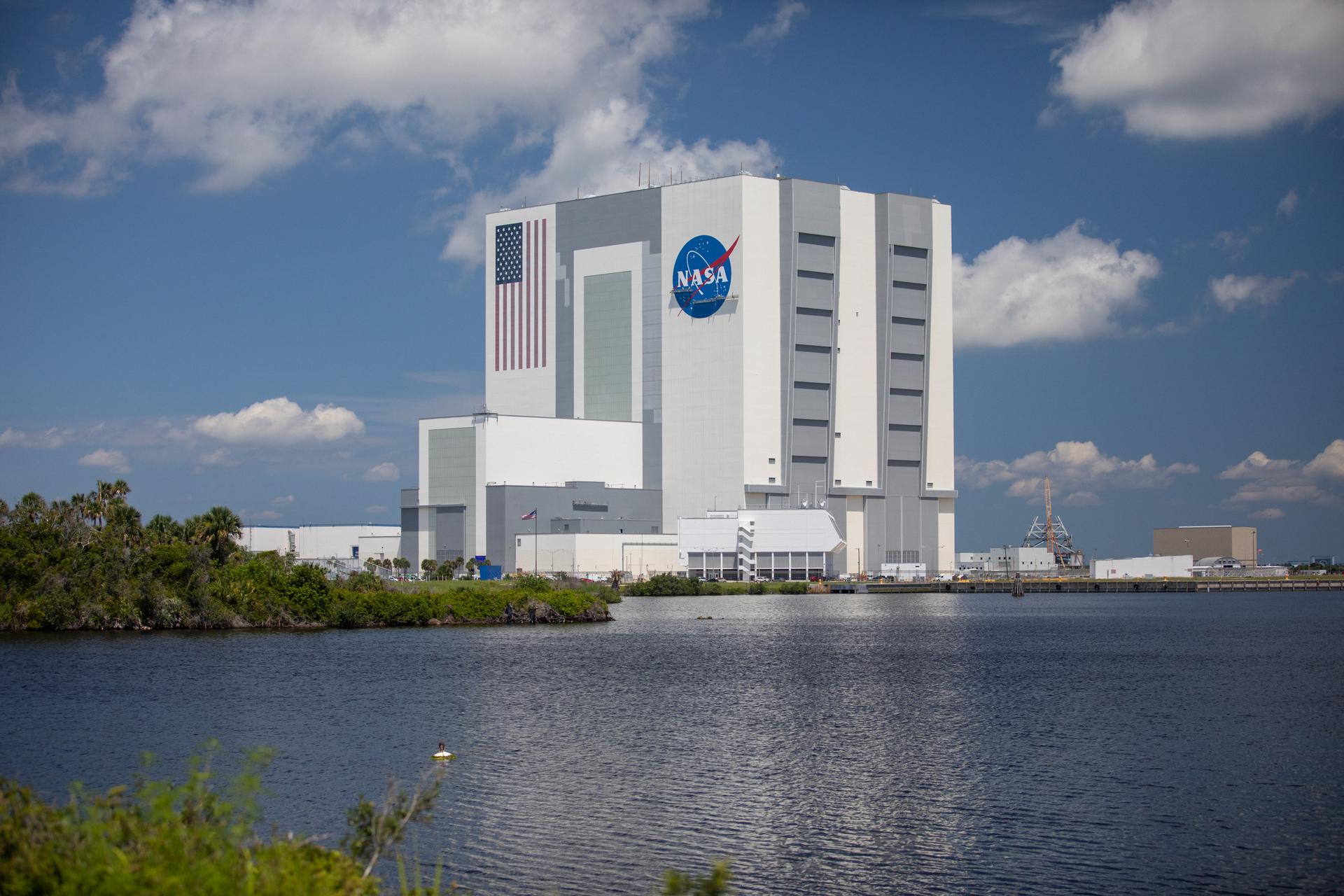WASHINGTON — A new report concludes that infrastructure and workforce challenges will soon require NASA to make tough choices about what missions to continue to conduct unless it receives a significant budget increase.
The “NASA at a Crossroads” report by a committee of the National Academies of Sciences, Engineering and Medicine, released Sept. 10, concluded that NASA, along with the administration and Congress, needs to reinvest in the agency’s infrastructure and provide better long-term planning to reverse problems caused by a focus on near-term issues.
“The extensive consultations, site visits, and interviews conducted in the course of the study lead the committee to conclude that NASA stands at a crossroads,” the report concluded. “The underpinnings of the unique and critical capabilities the agency provides to the United States are eroding and will be inevitably lost if certain trends are not reversed.”
The report highlighted problems in three key areas: infrastructure, workforce and technology development. They ranged from attracting and retaining a skilled workforce to aging facilities at NASA centers visited by committee members that were “some of the worst facilities many of its members have ever seen.” The report also highlighted a lack of long-term planning to guide investments in technology and infrastructure.
The report concluded that much of that had to do with budget pressures that forced the agency to prioritize spending on specific missions and projects at the expense of spending on mission support. The amount of NASA’s budget spent on mission support declined from 20% in 2013 to 14% in 2023.
That stems from having more projects on its books than funding for them, said Norm Augustine, retired chairman and chief executive of Lockheed Martin and chair of the committee, in a Sept. 10 webinar about the report. “NASA’s solution to the problem has been to underinvest in infrastructure and so on in the future. That tactic, frankly, has run out of gas.”
“The bottom line of all this would be to say that, for NASA, this is not a time for business as usual,” he concluded. “The concerns that it faces are ones that have built up over decades. NASA truly is, in our view, at a crossroads.”
The committee offered eight core recommendations, ranging from increasing NASA funding for mission support work to improved long-term planning. It also recommended creation of a “working capital fund” to support NASA infrastructure and improvements in human capital strategies.
The report did not prioritize the recommendations, but Augustine, in an interview after the webinar, said he believed two of the recommendations were the most important. One is for NASA to invest more in mission support though either overall budget increases or cutting back other projects. The latter approach, he acknowledged, “is going to be really painful” and the committee did not attempt to suggest what parts of the agency should be cut back to fund infrastructure if budget increases aren’t forthcoming.
The other top recommendation, he said, is for NASA to reevaluate how it manages missions and the “checks and balances” between those at NASA Headquarters in the mission directorates and leadership of field centers where work is done. The report concluded that headquarters staff were taking on too much management work compared to those at the centers, which could have “dire mission consequences.”
Augustine said that his committee briefed NASA leadership on the report before its public release. “Their response has been very encouraging,” he said. “Many of the things we talked about they are addressing.”
He added the committee has also briefed some congressional staff about the report. He expects to be called to testify about it at future hearings, although none have been scheduled yet.
Despite the dire warnings in the report, he said he remained upbeat about the agency’s future. “I come out of this with a fair amount of optimism,” he said, in part because of the agency’s initial response to the report. Also, he added, “NASA is not going to have much of a choice.”

